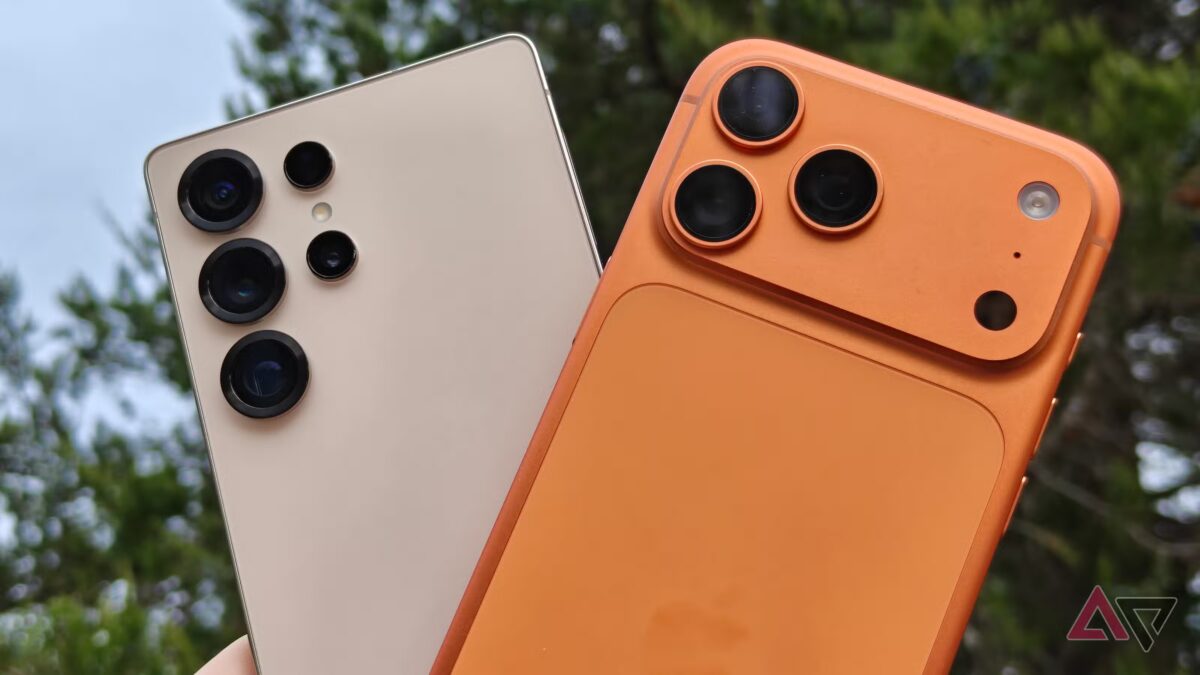Apple has introduced iOS 26 login synchronization on public Wi-Fi
Apple has introduced a feature to universally sync logins on Wi-Fi networks with captive portals, which will appear in iOS 26, iOS 26, iPadOS 26, and macOS 26. The same feature is missing from Android devices, including Google’s Pixel and Samsung Galaxy smartphones.
Apple has introduced a feature to universally sync logins to Wi-Fi networks with captive portals, which will appear in iOS 26, iPadOS 26, and macOS 26.
At the WWDC 2025 developer conference, Apple announced iOS 26, the biggest interface update in years. One of the most notable features was the Liquid Glass visual style, evoking Windows Vista and Windows 7. Beyond the redesign, however, Apple introduced a number of less obvious but practical innovations, including synchronizing logging in to public Wi-Fi networks with captive pages.
At WWDC 2025, Apple unveiled a number of less obvious but practical innovations, including synchronizing logging in to public Wi-Fi networks with captive pages.
How Universal Wi-Fi Synchronization Works
The new feature allows authorization data to be automatically transferred between all devices associated with the same Apple ID account. If a user logs into a public Wi-Fi network with a captive portal – for example, at a hotel, airport, or coffee shop – using an iPhone, the iPad and Mac will connect to the same network automatically, without having to re-enter data.
Previously, Apple devices could automatically connect to Wi-Fi if the username and password were stored on another device of the same account. However, this only applied to standard networks. Now support has been extended to networks with captive portals that require login confirmation via a pop-up web page.
Competitors don’t offer a similar feature
Android devices, including the Google Pixel and Samsung Galaxy, don’t yet support automatic Wi-Fi login synchronization with captive authentication. Even if a user logs into multiple Android devices with the same Google account, they’ll still have to manually log in to each public network.
And even if a user logs into multiple Android devices with the same Google account, they’ll still have to authenticate to each public network manually.
A new innovation in Apple’s ecosystem makes everyday connectivity to public Wi-Fi networks noticeably more convenient. This solution can be especially useful for users who actively use multiple Apple devices at the same time.
The story Apple introduces public Wi-Fi login synchronization in iOS 26 was first published on ITZine.ru.








